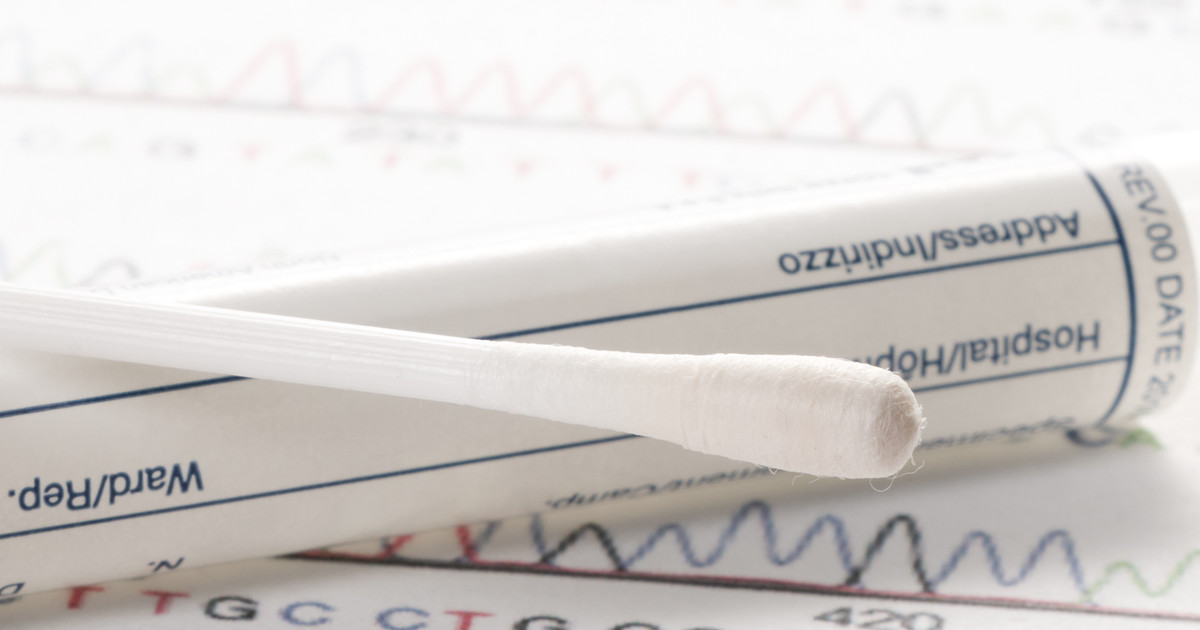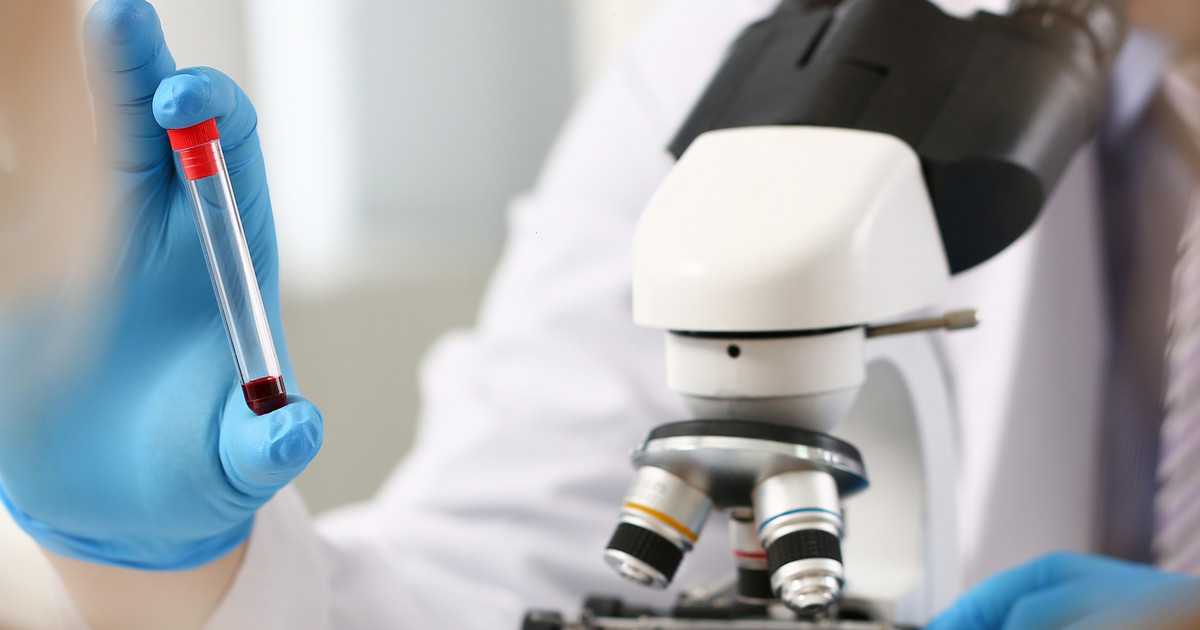How To Diagnose And Treat Sepsis
Typically, a patient's body should release chemicals to fight an infection. However, sometimes this release is imbalanced. This can mean changes that cause organ damage. In fact, sepsis appears to be the result of an abnormal response to an infection. It is likely going to be life-threatening. The organ damage from this condition can progress quite far. If it becomes septic shock, patients may die due to dangerously low blood pressure. It appears that seniors, young children, individuals with compromised immune systems, and pregnant women are among the most at-risk groups for sepsis.
Prompt sepsis treatment should prevent severe and irreversible effects. It seems as if patients will receive general antibiotics for sepsis right away. Intravenous fluids for sepsis may be given within three hours. Patients may also need other medications for sepsis. It is also worth noting that supportive care and surgery for sepsis may be necessary.
Blood Tests
Blood tests may be the first methods used to diagnose sepsis. Doctors should draw blood from at least two sites, as this can increase the accuracy of the results. The samples of blood should be tested for evidence of an infection. Doctors may also want to test for clotting problems, electrolyte imbalances, and how much oxygen availability is impaired. Other considerations for tests may be finding compromised kidney or liver function. Unfortunately, blood tests do not appear to diagnose sepsis on their own. Doctors may need to conduct additional tests and a physical exam as well.
Patients getting a blood test for sepsis may expect a complete blood count and test for C-reactive protein levels. The first of these measures white blood cells in their body. If their white blood cell count is elevated, they may have an infection. The latter test should inform doctors if patients are experiencing any inflammation. Doctors may choose to conduct a blood culture if one test indicates that patients may have an infection. A blood culture may identify what bacteria or fungi caused the infection.
Reveal more potential ways to diagnose sepsis now.
Wound Secretion Test
Doctors may wish to conduct a wound secretion test to diagnose sepsis. Patients may also hear this called a wound drainage culture. This test seems to help narrow down the cause of an infection. The culture may be able to find fungi, bacteria, and viruses in a wound. This may help doctors prescribe more effective antibiotics.
Patients do not seem to need to prepare for this test. They may only need to tell their doctor about any medications that may affect the results. Doctors should clean the patient's wound before the test. They may also choose to use numbing medication before the test. Open wounds may only need a cotton swab for this test. However, it seems as if others may need a needle and syringe, or doctors to cut into the patient's skin first.
Continue reading to uncover possible treatments for sepsis now.

